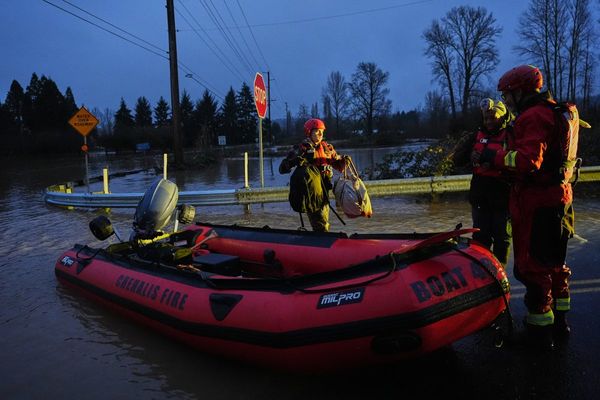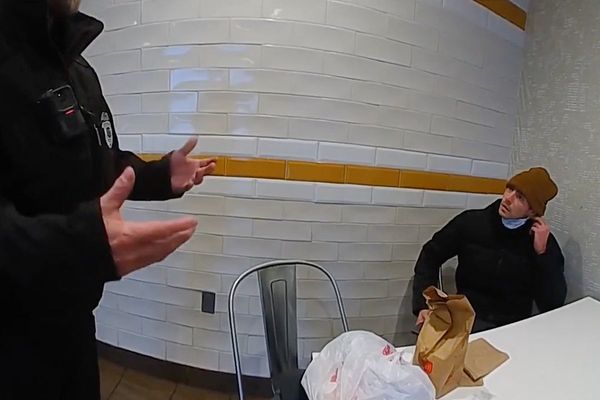
A new master plan for Callan Park, the site of a former psychiatric hospital in Sydney’s inner west, proposes restoring the heritage buildings for health and cultural uses and possibly for a film facility while rejuvenating its extensive parklands to create another Centennial Park-style green space for the city.
But it has left unanswered questions over how the project would be paid for, raising questions about whether the vision can be achieved by 2035, especially as many of the heritage buildings that were once part of the hospital require extensive renovation.
The plan notes that open space is needed to support the increased housing densities in the inner west that will come from the New South Wales government’s transport-oriented development policy and development of the nearby Bays precinct, where housing is expected to be expanded.
Another 51,000 homes are forecast to be built within 5km of Callan Park by 2040, with an increase in population of 215,000.
Sign up: AU Breaking News email
The plan does not recommend any housing for the 61-hectare site but it appears to advocate cafes and cultural facilities that would “activate the site”.
“We want to realise the full transformation of Callan Park from a mental hospital to iconic urban parkland,” the master plan says.
The Inner West mayor, Darcy Byrne, said: “After so many years of inertia the priority must be to bring Callan Park to life with more people, facilities and more activity. We are determined to open our new swim site and new all-weather sporting fields so that local people, and children in particular, can make use of Callan Park.”
The master plan recommends restoration of native bushland, demolition of non-valuable redundant buildings to make way for more open space, upgrading of ovals, and conservation of a number of Victorian-era therapy gardens that were established at Callan Park during its time as a psychiatric hospital.
Like Centennial Park, the plan includes a single one-way road system and closure of Waterfront Drive, which runs along Iron Cove near the popular Bay Run path.
It proposes much better-defined pedestrian and cycling paths through the park to avoid the current problems where cars and people are using the same roads.
It also recommends the park be transferred to a single government entity, instead of the three or more departments that currently own the land.
But the real question is what the government intends for the heritage buildings within the Kirkbride and Broughton Hall precincts.
The Callan Park Act rules out hotels and function centres and restricts leases to a maximum of 50 years.
One of the project’s stated objectives is to “restore heritage items and places and adapt buildings for new uses through leases and licenses that respond appropriately to the community and parkland setting”.
The master plan proposes a cafe near the waterfront, but is otherwise vague about what should happen to the huge historic buildings on the site. The NSW planning minister, Paul Scully, has previously said he did not see the harm in being able to get “a banana bread and a flat white” while visiting Callan Park.
The 2025-26 NSW budget announced funds to establish a second film studio in Sydney as the Moore Park facility was often full.
“As the state with the largest cultural and creative workforce, the oldest and most distinctive cultural institutions and the most diverse population, NSW’s Creative Communities policy seeks to support artists, creatives, cultural organisations and creative industries,” the master plan says.
“This policy specifically identifies Callan Park as a desirable location for filming into the future along with the NSW Screen and Digital Games Strategy.
“We will need to balance any activities with the current temporary filming use of the buildings. There could be opportunities to expand filming use into the park more broadly.”
On funding, the document says the government should “determine and implement a sustainable funding model to support the park’s long-term prosperity”.







